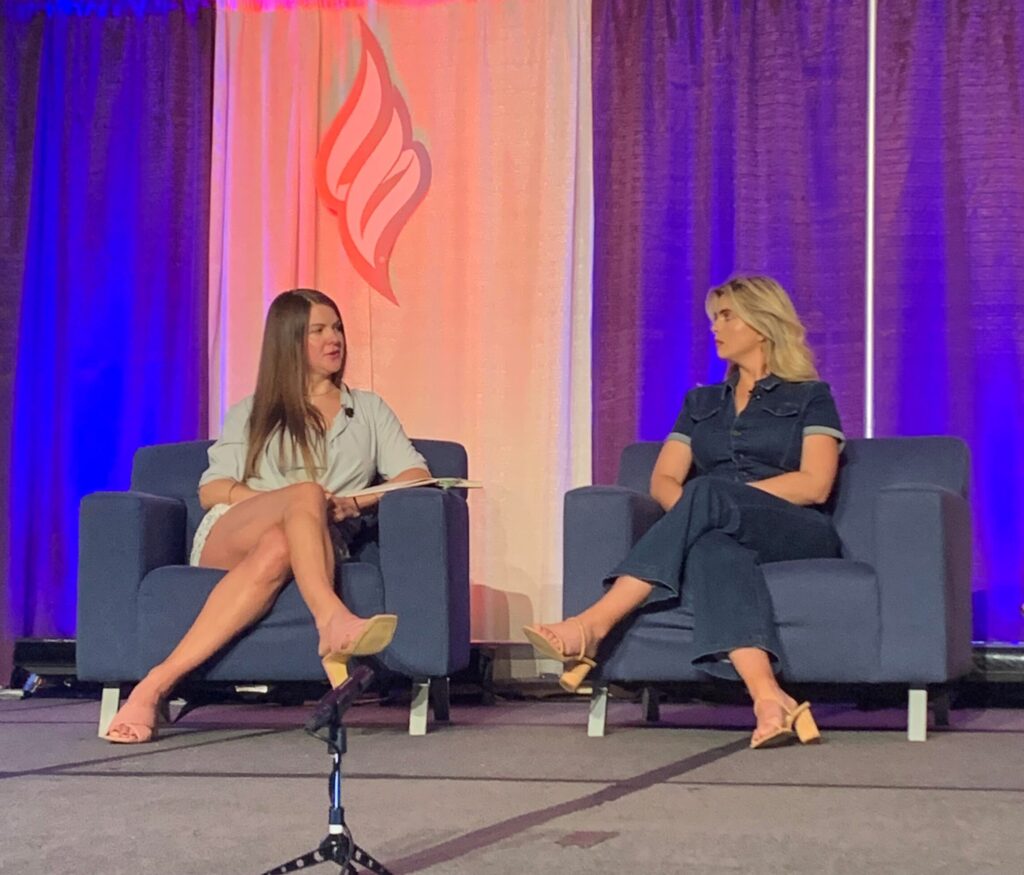
STEPS Toward Zero champion, Kenzie O’Connell, and epilepsy advocate, Landis Wiedner, share about their experiences living with and managing epilepsy.
This blog post was submitted by SK life Science, Inc. the lead sponsor of the Living Well With Epilepsy 2022 Epilepsy Blog Relay. SK Life Science, Inc. is an innovative global pharmaceutical company focused on developing treatments for central nervous system disorders.
Steps Toward Zero
As part of the STEPS Toward Zero movement, Chicago-based writer, Living Well With Epilepsy blog editor and epilepsy advocate Landis Wiedner speaks with professional golfer, Kenzie O’Connell on her perspective on living with epilepsy and what working toward zero seizures means to them.
LANDIS WIEDNER: As an epilepsy journalist, I’m very excited to be speaking with an amazing woman and epilepsy advocate, Kenzie O’Connell. I consider myself an epilepsy newbie because I’ve only had it for five years, so I’m still learning, and although I’m still learning, my goal is to bring conversations about life with epilepsy into our day-to-day conversations.
When you talk about “zero seizures,” it’s a little complicated because at least one out of three people with epilepsy will continue to have seizures despite taking medication. I am one of those people. For me, “zero seizures” looks different than for someone who goes an hour, or a day, or a month, or years without seizures. As you all may know, epilepsy is very unique to the individual, which means the steps toward zero change from person to person.
How has your understanding of “zero seizures” changed from when you were first diagnosed to where you are now in your epilepsy journey?
KENZIE O’CONNELL: I was diagnosed with epilepsy when I was 21 years old, and I knew nothing about epilepsy. At that time, I was having six to seven seizures a day and I never thought reaching zero seizures would be possible. I was having trouble processing and accepting what was happening to me at the time. Eventually, I learned to accept that I have epilepsy, but that it’s not my entire identity. For me, staying positive and continuing to work with my doctor was what helped me the most in getting to this point. Today, I’m four months seizure-free – the longest I’ve gone since my diagnosis without having a seizure. Zero seizures look different for everyone, but you should always feel empowered to continue working toward your goals.
LW: When you talk about acceptance, for me it’s a very fluid concept when it comes to epilepsy. I remember the day I realized that my epilepsy wasn’t going anywhere, and that I needed to move forward in this different lifestyle rather than trying to get back to my old life. That was a huge moment for me – but that doesn’t mean that every day it’s easy for me to accept it.
KO: Totally – and it’s important to remember that even in the good moments, when you may not be having seizures, you still need to stay on top of your medication and keep fighting for zero seizures.
LW: How has epilepsy affected your golf career and are there any strategies you’ve learned to be able to play at the professional level while having seizures?
KO: When I was first diagnosed, my golf career was kind of put on the back burner, but eventually golf became my escape. I recommend everyone try to find an escape, somewhere you can go or something you can do that allows you to get out of your head and prevents your epilepsy from consuming you. I was cleared by my neurologist to continue playing golf, and it was extremely reassuring realizing I can still do the things I love.
LW: When you were first learning about your diagnosis, what do you wish you had known? What questions do you wish you had asked your doctor?
KO: I was 21, and it was very confusing. I didn’t know anything about epilepsy, so I thought I was just passing out all the time. Honestly, I did it all wrong. I was stubborn and I didn’t want to admit that I had epilepsy. I also didn’t want to accept help from anybody or listen to my neurologist. I wish I had known to do the exact opposite – listen to your neurologist and ask questions. Push on those questions and don’t be afraid to ask for a second opinion! Once I became more invested in the fact that I do have epilepsy, I started doing research on my own and raising questions to my doctor, and it helped me be more in control of my condition.
LW: I totally agree. I actually didn’t even know that I had epilepsy for a while. At first, my doctor didn’t know if my seizures were an effect of my brain surgery or if it was epilepsy but began treating me as if it was epilepsy. Down the line I was Googling epilepsy and realized, wait a minute – I have epilepsy. Here I am thinking, why didn’t anyone tell me? Turns out, my doctor thought I already knew – so yes, it’s extremely important to always ask your questions!
What do your conversations with your doctor look like and how do you work with them to achieve your goals?
KO: Today, my conversations with my doctor are a lot simpler than they used to be. I’m not asking as many questions as I was in the beginning when I was trying to figure out what epilepsy was. Starting out, I would ask in-depth questions about the symptoms I was experiencing during and after my seizures and what I should expect in the future. Now, my doctor and I mostly discuss next steps as it relates to my treatment and life goals.
LW: If you had to define your epilepsy goals, what would they be?
KO: It’s definitely different for everyone. Being four months seizure-free is huge for me. If I could go four months at a time without seizures, that would be amazing. I’m really happy with where I am right now and if I can continue on this path that would be fantastic. Again, everyone’s steps toward zero are different, but it’s so important to set goals and to work with your neurologist toward those goals. Say them out loud, write them down and make them heard.
LW: What is the one piece of advice you’d give to someone with epilepsy that you can’t find online?
KO: Staying positive and getting in your right head space is something you can only do for yourself. Your dad can’t do that for you, and neither can your mom, your husband, your fiancé, your sister or your best friend. You are the only person in your life who can get yourself in your right headspace. It’s tough for anyone. It took me a long time, and I sometimes still struggle with this. If you can find something that gives you the feeling of being okay, do it. That’s what golf is for me – that right spot, the right headspace. When I go out on the golf course or the driving range, I find it. If you can find your sweet spot, like golf is for me, do it.
LW: It can be hard to find your “thing” to do. Sometimes, you need to find something that brings you joy from your couch because that’s where you’re stuck. I colored in coloring books a lot from my couch. Finding peace in small things like coloring books was something I found to be hugely helpful.
Finding and connecting with other people with epilepsy has been one of the most powerful things for me. When I first met another woman who had also been diagnosed with epilepsy as an adult, I immediately burst into tears. Now, some of my best friends have epilepsy. Even though we talk about how different epilepsy is for everyone, there is still that thread that connects us, because you’re with someone who really gets it. Kenzie, thank you for sharing your perspective.
I want to gently encourage everyone with epilepsy to continue sharing your epilepsy stories and what zero seizures means to you on social media using #STEPSTowardZero. It has been so inspiring to see the connections that have been made and hear the amazing stories that have been shared as part of this movement.
Learn about the steps you can take in your pursuit of zero seizures.
The STEPS Toward Zero movement encourages people living with epilepsy to revisit their treatment goals and access resources available on www.STEPSTowardZero.com including a doctor discussion guide, telehealth tip sheet and seizure journal, to prepare for conversations with their doctors about the possibility of zero seizures.
If you’d like to stay connected with Landis, please follow her on Instagram (@landiswiedner) or Twitter (@BillieTopanga). If you’d like to stay connected with Kenzie, please follow her on Instagram (@kenzie.oconnell).

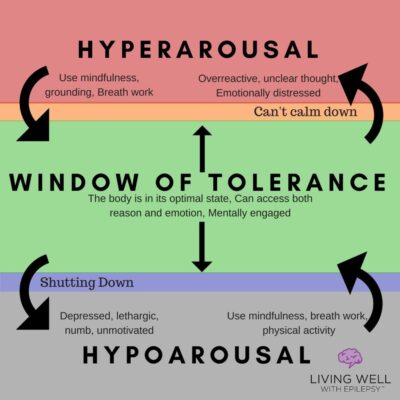


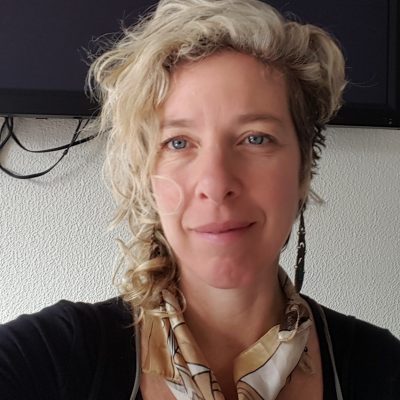
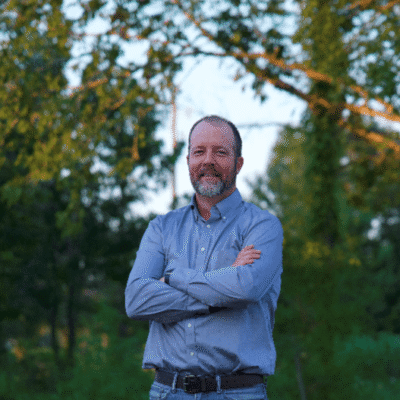
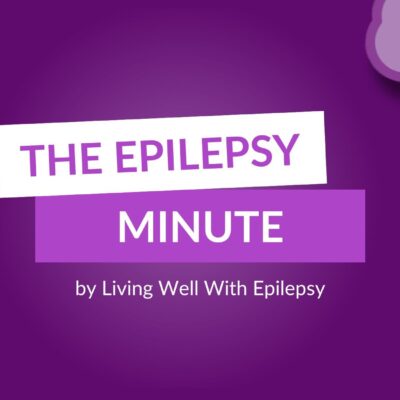


Leave a Reply